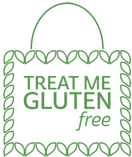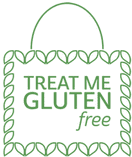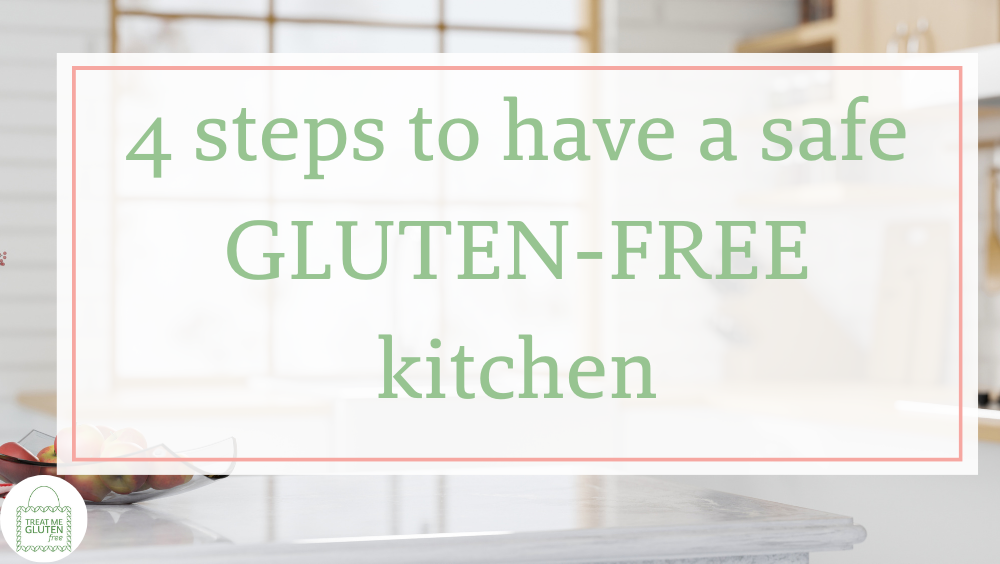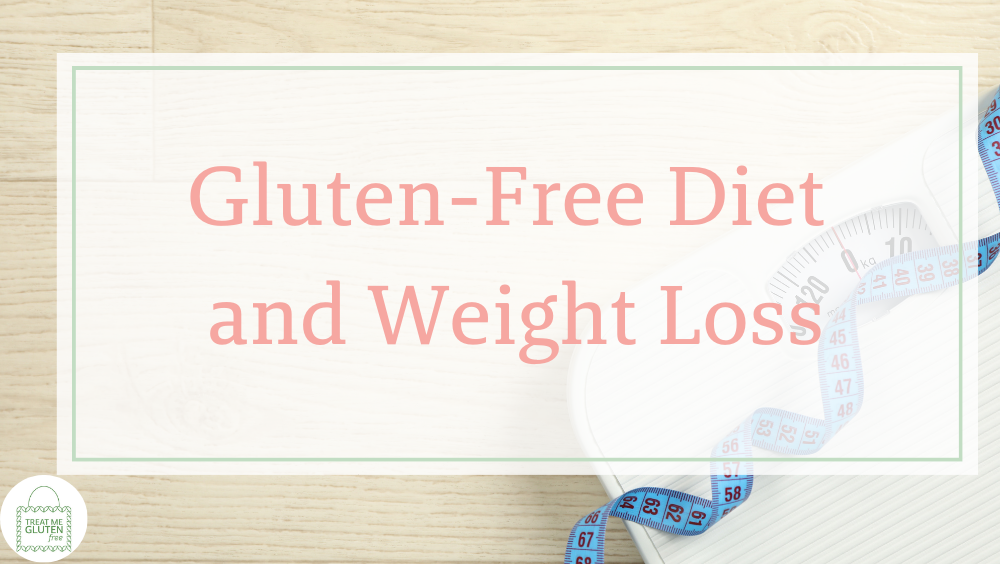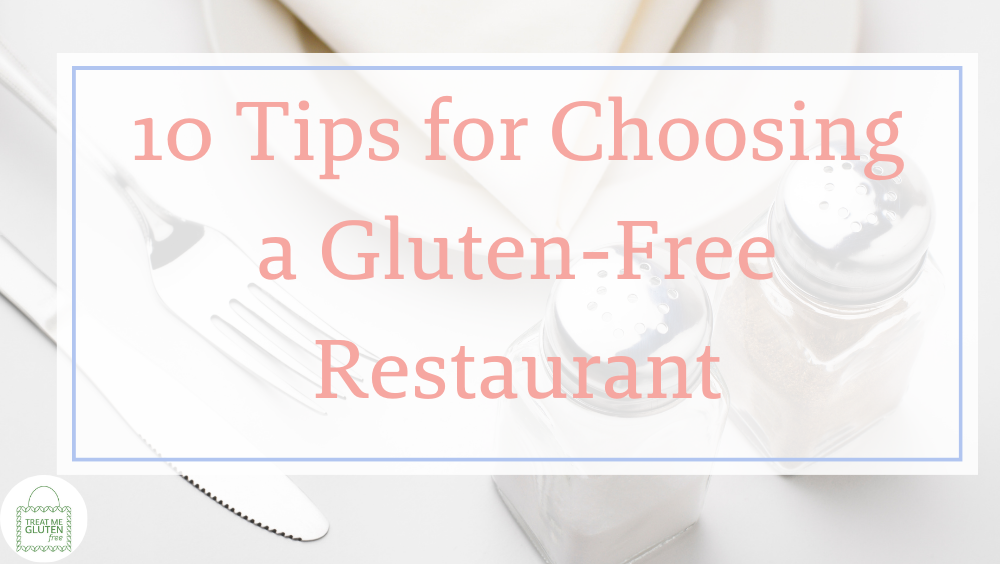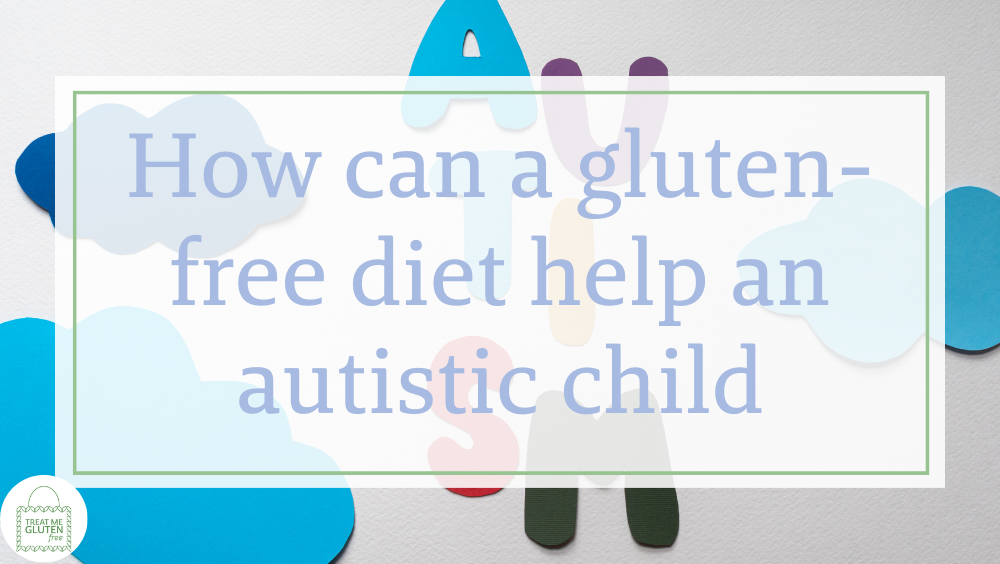How to share a family kitchen when you’re on a gluten-free diet
If you or someone you love has been unfortunately diagnosed with celiac or non-celiac gluten sensitivity and you have a shared kitchen with people who consume gluten, it’s normal to be worried about your health and safety. Moreover, living in an Arabic or Asian household makes matters worse since it gets tough to cook for yourself due to a larger household. This makes it even harder for someone with gluten sensitivity to avoid food that contains gluten. Gluten cross-contamination resulting from a shared kitchen can slow your recovery. Always remember that it only takes a microscopic amount of gluten to make you sick. Therefore, one must not underestimate the consequences of having a shared kitchen, especially when you’re gluten sensitive. This article sheds light on how you can share a family kitchen when you’re on a gluten-free diet. Let’s Begin!
Separate Gluten and Gluten-Free Items
To ensure your safety, you should get your entire household on board for a combined goal of keeping you safe from gluten. To ensure that you do not consume any gluten by mistake or unintentionally, you will have to keep close tabs on everything to ensure that you use the correct utensil. You can follow the tips below to help you:
- Designate one area of the kitchen as a “Gluten Contamination Zone.” The rest of the kitchen can be gluten-free. In this way, it’ll be easier to distinguish between the two, not only for you but for your family as well.
This can be done by keeping all the foods that contain gluten and the cooking utensils used to make them separately while keeping the rest of the kitchen gluten-free. This way, the one with gluten sensitivity will know that the non-gluten-free zone is a no-go for them.
- For a gluten-free zone to have cabinet space for both cooking tools and food. Moreover, it’s even better if you have counter space for countertop appliances like a toaster and food preparation.
- It’s common in Asian households that many meals are made throughout the day in the same shared kitchen. Each family living in the same house makes their separate meal. This makes it imperative to have a zone designated for gluten utensils and food.
Ideally, please purchase an entire cooking set that is different in shape or colour that is there for the preparation of gluten-free food. This not only eases you but makes it easier for the other members of the household as well, as they have to be less cautious.
However, some equipment is easier to clean and get rid of gluten contamination, whereas it may differ from one piece of equipment to another. For example, it cleaning a glass dis can be an easier task than other equipment, such as a griddle. Therefore, it is essential that you also keep this in mind when making purchases. One must-have piece of equipment is a ‘gluten-free’ chopping board.
Keep in mind that some machines cannot be shared-use because of particles and crumbs get accumulated, which may contain gluten.
How to use a shared kitchen sink
You might think it will be completely safe to share the sink in your kitchen. After all, all you need to do is wash some dishes, right? Well, you’re not wrong, but there is still some potential risk of being exposed to gluten if appropriate steps are not taken. Therefore, it is crucial that you take the following steps to eliminate the risk entirely.
Designate Your Sponge
The greater the number of family members, the higher the number of dishes that have to be washed. If you observe closely, you will realize that many small particles stick to your sponge once you’re done cleaning a dish. Gluten is one of the stickiest substances around, and hence one must take this into account and ensure that you have your sponge.
Get new ones for these and keep them separate. Using different coloured sponges can be especially helpful to differentiate between the shared equipment and the one for gluten-free cleaning.
Moreover, you need to ensure that everyone in your house is on the same page. Educate other family members that they should not use your scrub and sponge.
It is a common practice in households not to pay attention to these minute details. This makes it extremely important that you educate them and reiterate the importance of all these steps for them to take this seriously.
Get Your Separate Dish Towels
Getting your separate dish towels is another crucial step that should not be overlooked. Many people wipe their hands on a dishtowel after possibly eating a gluten-containing food item. Many also use these dish towels to wipe clean off counters that may have gluten-containing food crumbs lying on the counter. This can contaminate the dish towel and pose a threat to a gluten-sensitive person if the same towel is used by them. This makes it essential that the sensitive person purchases their own towel to avoid any contact with gluten.
Replace non-stick pans and plastic utensils
When scrubbing plastic utensils and nonstick pans, these can be scratched easily, and a minute amount of gluten particles can then harbor there. Therefore, it’s better if you purchase wooden utensils and try replacing them with nonstick pans and pots.
Sharing a kitchen when you must follow a gluten-free diet is no less than a challenge. Some people who are more sensitive to gluten may experience some low-level symptoms despite trying their best to create a separate kitchen. In that case, keep following these steps for a few months, and if you keep experiencing these symptoms, you might need to take some added measures like building a separate kitchen that is entirely separate from the normal kitchen, or for the whole family to follow a gluten-free diet.
Nothing comes above your health; hence one must take their own health and safety above everything.

